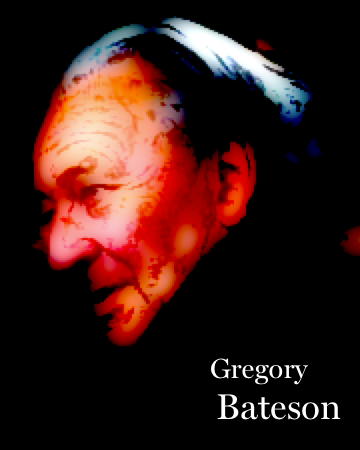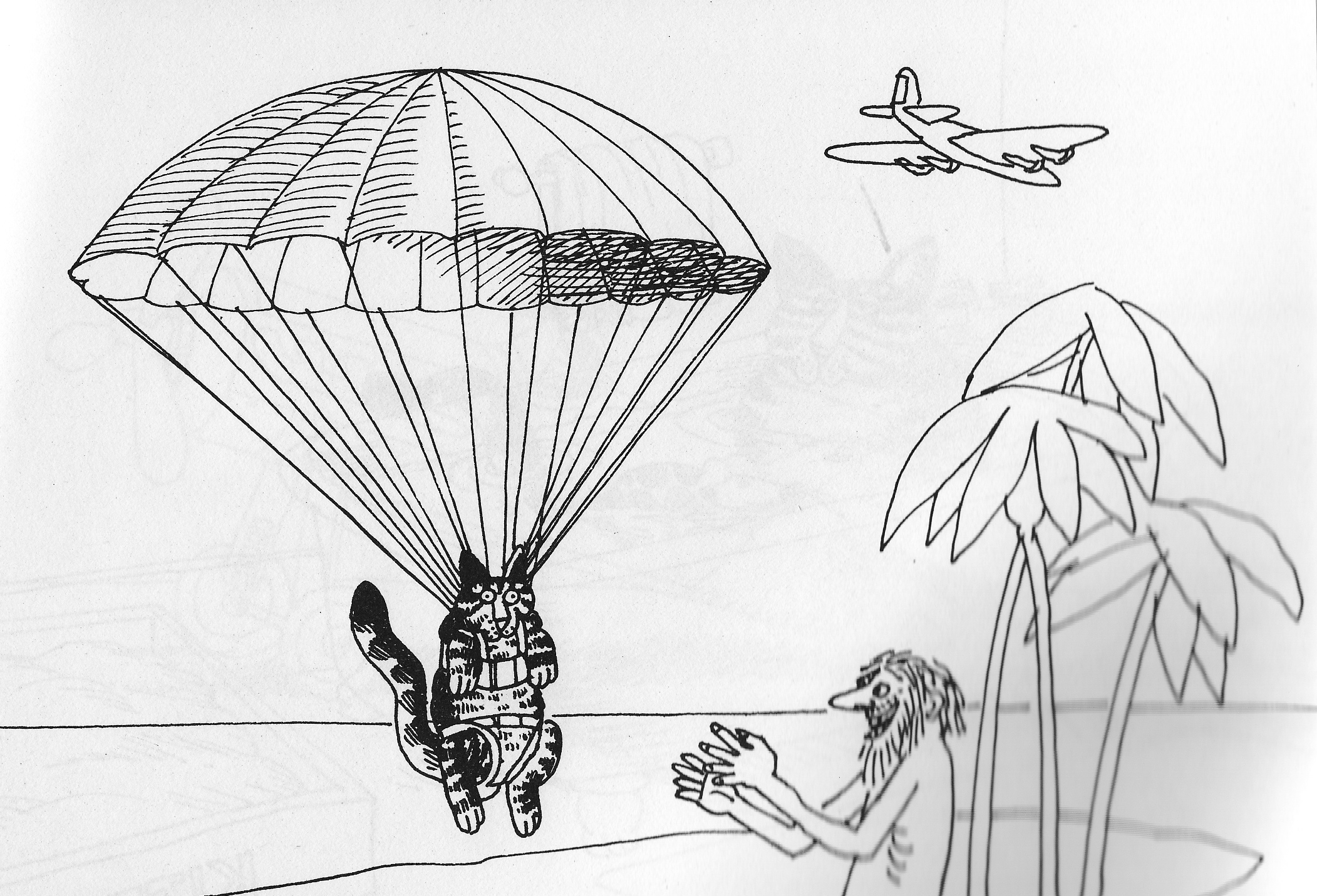
My favorite (Gregory) Batesonian teaching story, reconfigured and originally via Idries Shah.
A frenchman is teaching another french rudimentary english.
“So, the word for froid crème glacée is ‘cold ice cream.’ ”
“What’s the word for chaude crème glacée?”
“Oh, they have no need for it, so there’s no word for it.”
Although I have an acute memory, I can’t recall which friend of mine did me the favor of bringing the work of Gregory Bateson to my attention. It was a long time ago. (Maybe it was Chris Irion? Pilcher?) I dug into Bateson’s Mind and Nature thirty years ago, when it was published. In another sense, it only matters as a fuzzy starting point. It was definitely in 1996 that I returned to his opus in a re-doubled effort to make some further connections. This was due to meeting my mentor and squareONE partner Judith Buerkel in 1995. During this first meeting it turned out Bateson was our mutual touchstone. Bingo!
It was only then, after a more mature effort to really deal-in, that Bateson’s understanding came to deeply inform my outlook, and to comprise a large facet in my favorite lens. The interesting nexus for this was a weird insight evoked by my trying to make coherent the weaving together of three things, the Sufi teaching story, my new (at the time) fascination with others’ theorizing about experiential learning (this via Mezirow and Kolb,) and, my revisiting Bateson (via his last book, Where Angels Fear. Toward An Epistemology of the Sacred.) About this last visitation, the bookmark stuck a third of the way through the book–when I picked it up again–marked where I had left off nine years earlier.
Judith basically told me to woodshed! Ultimately, we grappled with how to underpin our applications–what was to become the tool kit for squareONE. We spend a lot of time discussing the practical import for our work of our different Batesonian outlooks. We both thought Bateson was an adept designer; (although this is a novel sense about Bateson, who overtly was an anthropologist, psychologist, philosopher, and naturalist.)
Anyway, my insight at the time, excitedly delivered at our weekly meeting at Arabica, was this: it was apparent to me that something like Batesonian metalogues were embedded, even secreted in the structural folds of many Middle Eastern teaching stories. Judith responded: “They’re folded in everything.”
I’ve been revisiting Bateson once again over the last month. This, however, comes long after I added my experience and understanding of his understanding, (well, some of it,) to be, basically, the fundamental facet of my favored lens. By which I mean: some synergy of dynamic ideas-in-interplay make up the essential background frame for my intentional observations. Funny how lens and frame come together!
I use a ‘reduced set’ roughly taken from Bateson. Perhaps it would better to say appropriated from Bateson. I’m not a Batesonian because I’m eclectic, disorganized, not masterly, and, an ol’ hippie. Yet, in another sense, I often turn the world around to experience its different sides using my idiosyncratic (sort of) Batesonian lens.
If I assert that I’m dedicated to being a student of my environment, then in the background of this claim is this lens. You should know this to know where I’m coming from. I’ll have more to say about this soon.
I’ve recently had reason to woodshed some more and revisit the work of Gregory Bateson. I was invited to participate in a seminar at the local grad school. Stephen Nachmanovitch, author of the terrific book Free Play, musician, and student, friend, colleague of Gregory Bateson, is to give a lecture on something to do with experiential learning and play.
Getting back to one of my main people has been fantastic. The Explorations Blog is going to go on a Bateson trip for a spell. Stay tuned. I’ll wrap with a review of resources I’ve discovered out in the shed.




